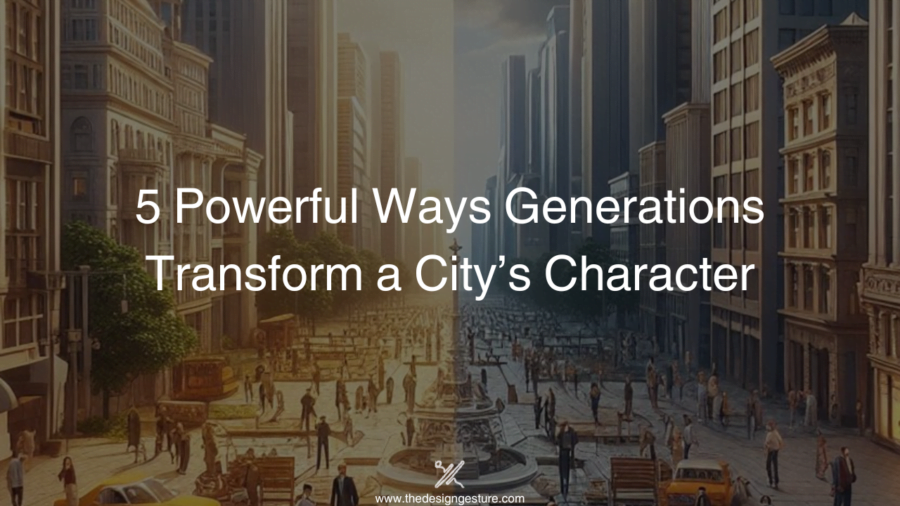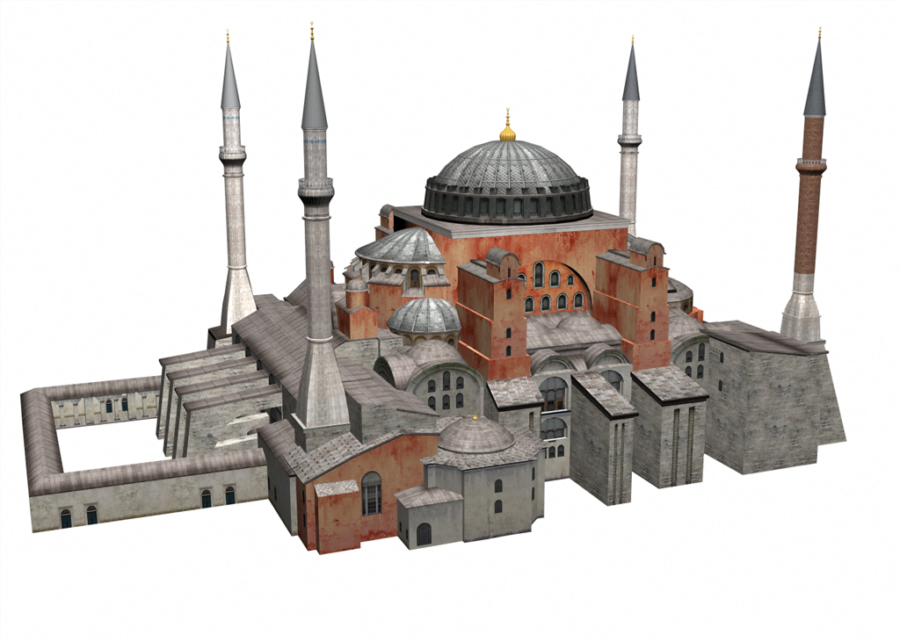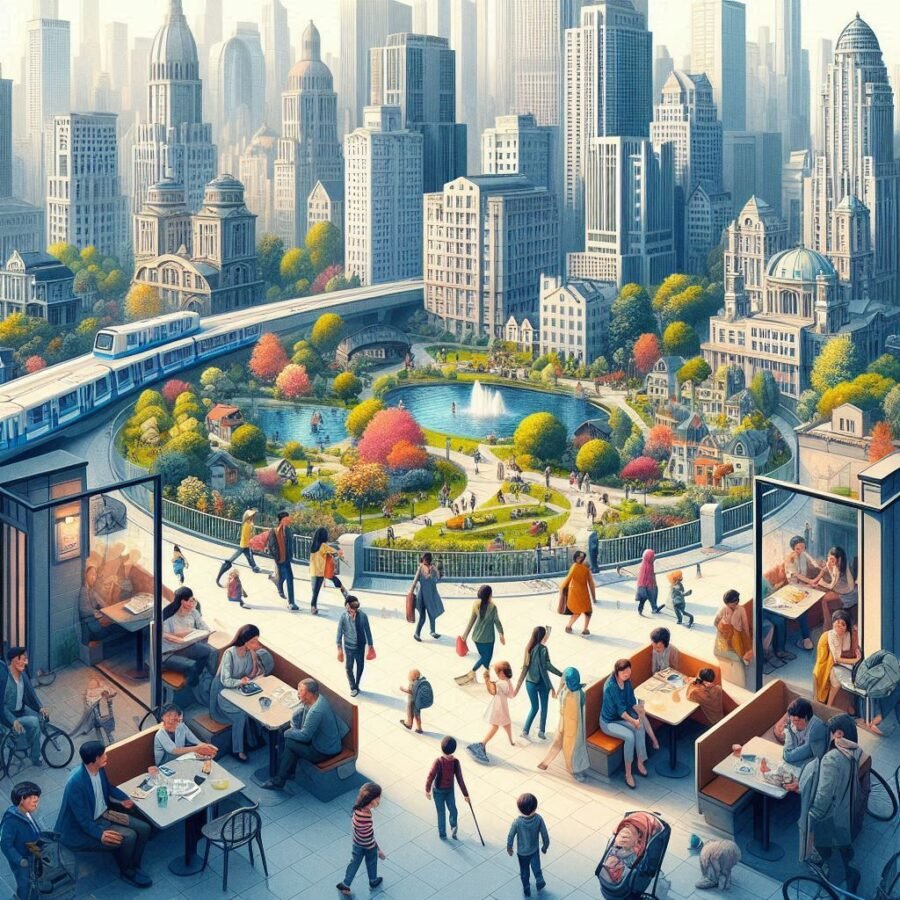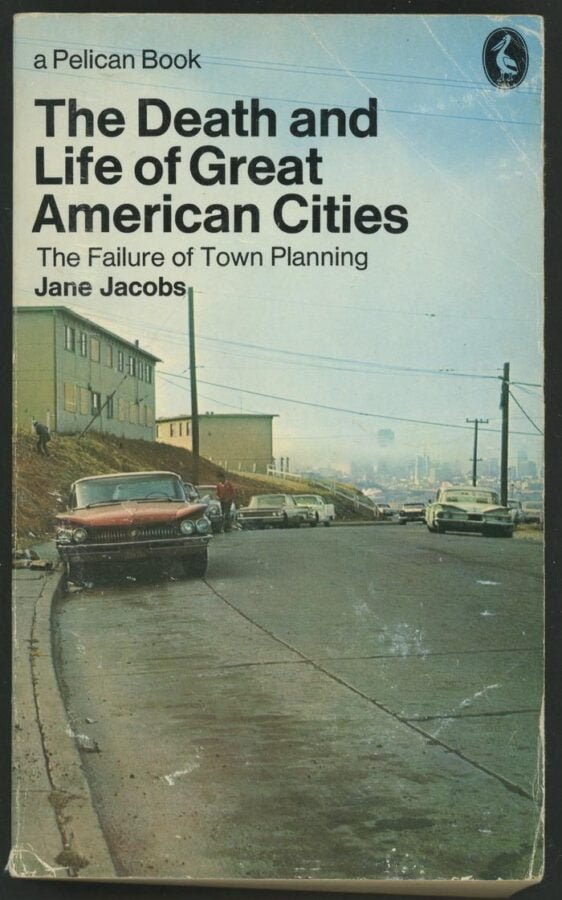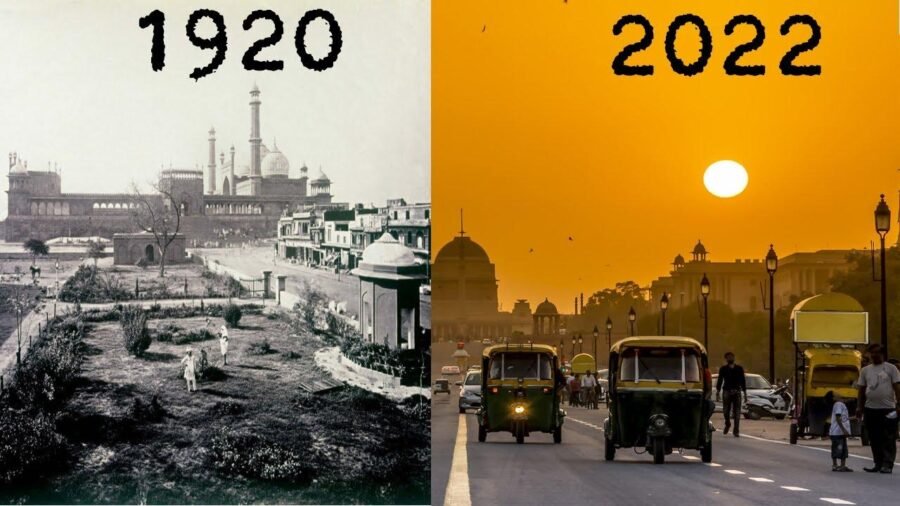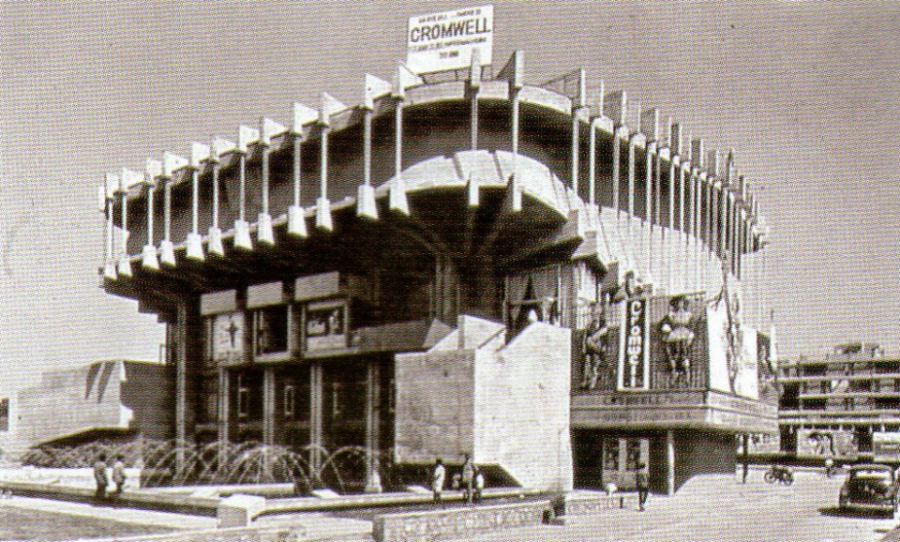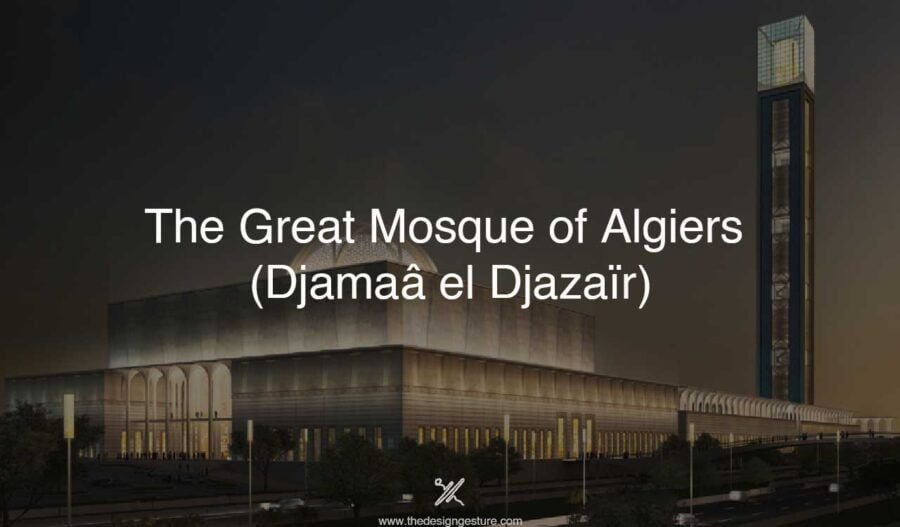
Modernism vs Historical City Identity
When asked about a city’s character it changes with Generations, a layman with no prior training in the field of architecture may describe its culture, historical significance, demographic, founders, political history, and architecture, maybe in this particular order. A more professionally trained person, say an architect, would blatantly state that a city’s character is defined by its people which materialize in the form of its architecture. While both opinions may be true, we will focus on the latter.
Fabric of Architecture and Time
All the factors listed above directly materialize in the form of architecture. Culture and history play a huge role in a city’s architecture. The demographic that has historically resided in the city is responsible for developing its culture and plays a role in designing structures of that era. It’s the same as Angkor Wat being a Hindu temple initially and now a Buddhist temple or the Hagia Sophia being a Christian church, then a mosque, followed by being a museum then finally being a mosque again.

Role of Demographics in Architecture
These examples show how time manipulated architecture, thus manipulating the character of the city.
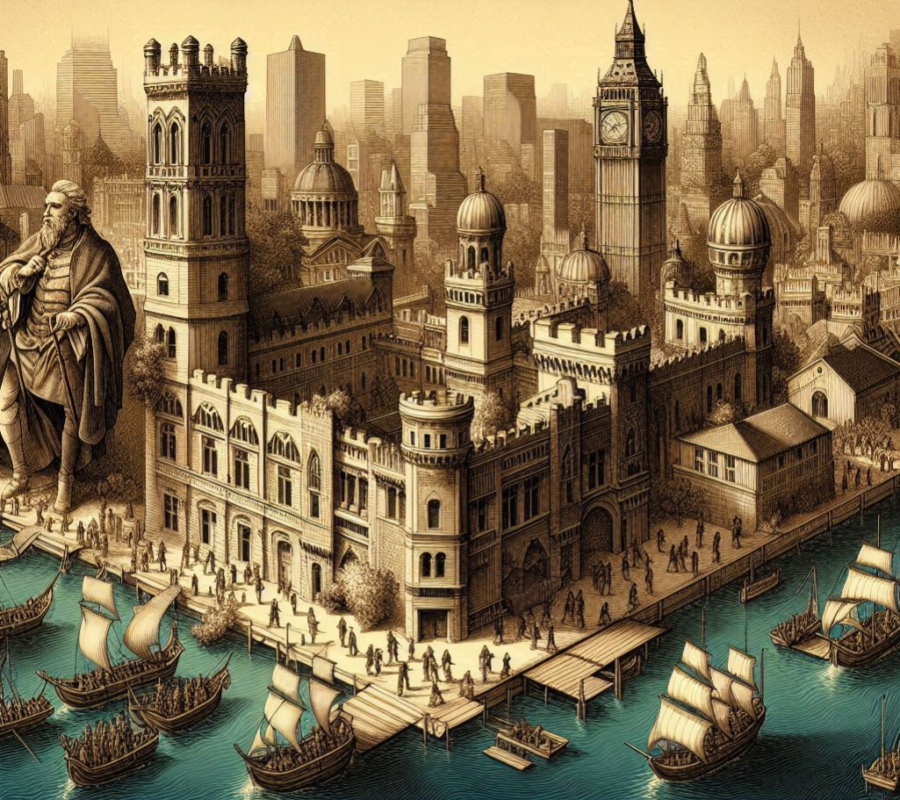
Political History and Architecture
Political leaders, founders, and social unrest also give birth to a very specific type of architecture. In the same way that castles used to have defensive and offensive features separately, social scenarios led to the evolution of architecture as per need. These along with many other factors form several permutations and combinations to provide each city with its unique soul, and its demeanor. The fabric of a city is deeply intertwined with time and has evolved like a piece of cloth on the chakra, slowly adding layers to it.
Identity of a City
A city isn’t just defined by its buildings and monuments or the picturesque gardens and cafes, it’s also defined by its people. The children running through the streets, the mothers sitting in the balconies, the grandparents lounging in the parks, the youngsters rushing to early morning college classes, and the office-goers standing in the metro, a city’s character is a cumulative sum of the experiences of all its residents.
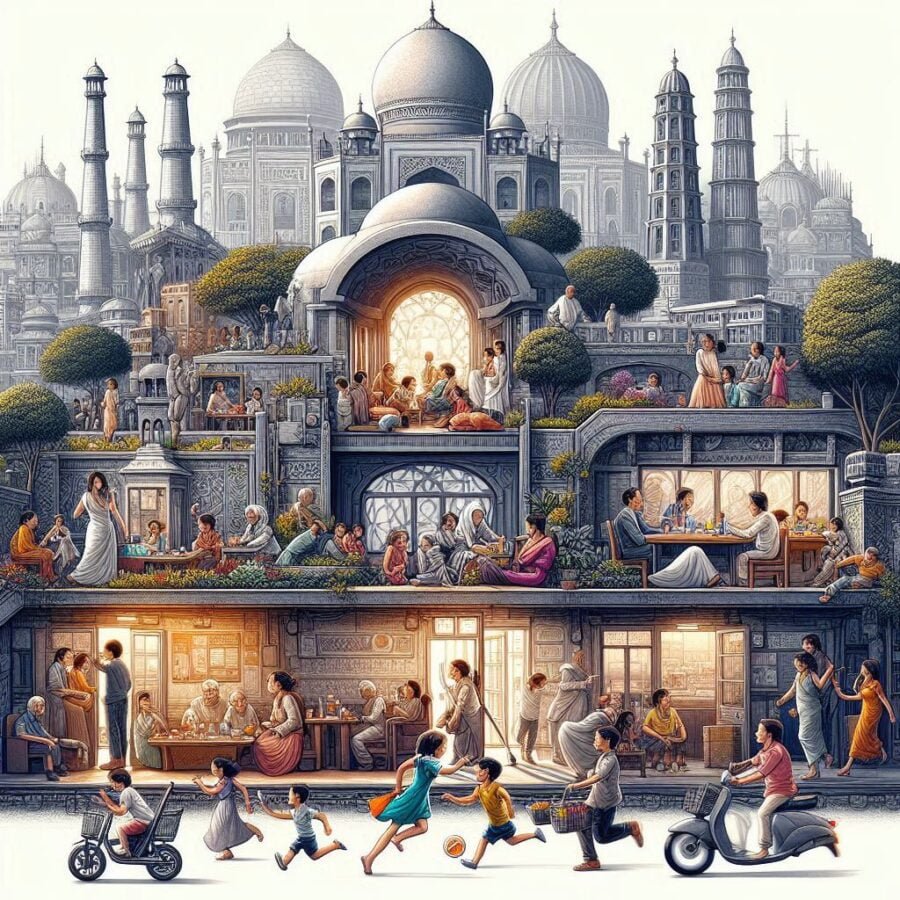
Generation in Architecture
True to human nature, no two people have the same experience of a city. Even two people leading very similar lives will have distinct differences in their impression of a city. One may have a lasting, positive review while the other may have a fleeting, negative one. Does either one of them contribute to the permanent character of the city? No. But do they affect the image of the city, especially in their social circles? Yes.
Jane Jacobs in her revolutionary work “The Death and Life of Great American Cities” argued against homogenous “self-sufficient” cities that didn’t promote a mix of activities and population. She rallied against the development that disrupted the city’s vitality and diversity. A piece of literature over 60 years old now, her words stand truer than ever as we face a crisis in the name of urban upliftment where each façade is similar in the name of harmonious design and façade treatment and each street looks identical to the next one. Identity and uniqueness are being lost in a sea of mediocrity.
Generational Gap
Evolution is inevitable, a course of nature that will happen regardless of what conspires in the world. Again, any random two people will have considerably different opinions on any specific set of events. But when we compare two people, from different generations, one in the prime of his life and one in his seniority, will these two consider the same event in two different ways? Or shall their experiences be similar?
The simplest example is a loud concert at a stadium when passed by on the road by a young person may result in adoration, whimsy, and desire to socialize while the older person might end up agitated, with slightly raised medical statistics and an annoyed aura adopted for the rest of the day.
The simplest example is a loud concert at a stadium when passed by on the road by a young person may result in adoration, whimsy, and desire to socialize while the older person might end up agitated, with slightly raised medical statistics and an annoyed aura adopted for the rest of the day.
The hottest, most populated commercial area brimming with students and youngsters may preserve the memory of a grandfather who worked there in his youth, long before the shops and brands swept in and the industries closed. The fabric of the city which might exude luxury, money, and happiness to a youngster may hold memories of terror, suffering, and struggle for an older family member.
For a youngster, the fabric of the urban landscape may be highlighted by a specific element. An older citizen who hasn’t been around those parts in decades, might not even recognize those elements as he may not have even seen them, let alone witness them in all their glory. While a city changes with age, most people’s ideas don’t. It is human nature to stick to what we know and not venture into the wild, a self-preservation instinct. Thus, once formed, its hard to break something’s image in someone’s mind.
A shining example of the same is Chanakya Cinema, a moviegoers temple in the 70’s and 80’s, railed down to construct “The Chanakya”, a luxurious 2-storey mall which stands in its place till date. The cinema played a pivotal role in the evolution of the character of Delhi but today is just another mall lost to the ever-growing list.
Again, drawing a comparison of the same building between the experiences of two people generations apart, one might receive such contrasting reviews that they will be forced to consider which one is more appropriate when talking about that city’s character.
A city’s character is ever-evolving. Be it for better or for worse, it leaves an impression on its residents, claiming them as their own. But while the character may evolve, the image the resident is left with doesn’t need to be always the current one. You might identify a city with modernism and progress, your great-grandfather might identify it with struggle and poverty. Again, two different images of a city from two different eras. The picture once stored in their hearts then stops referencing its ever-evolving character.

